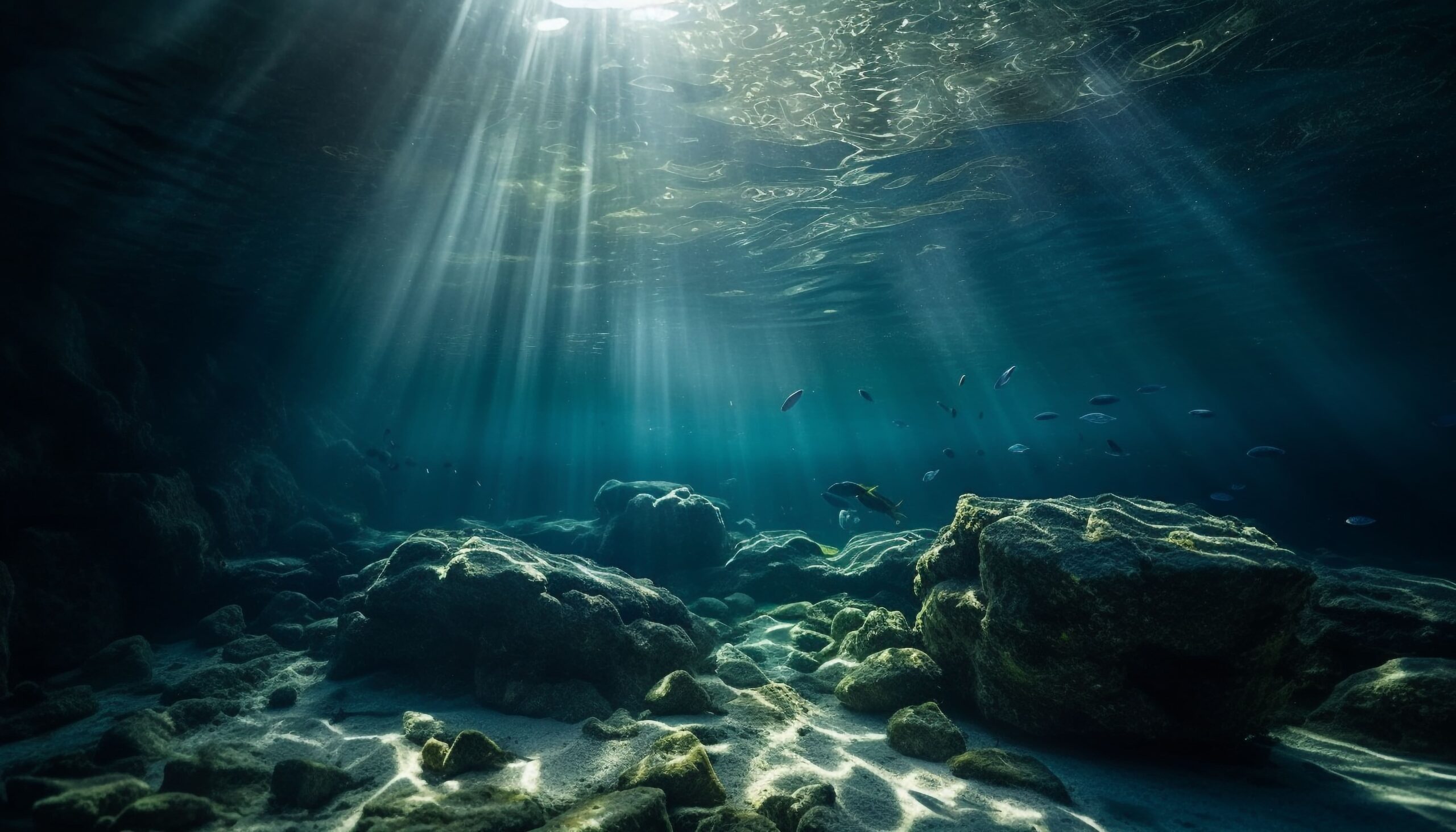The state of the world’s oceans is worse than previously believed. A new international study, reported by The Guardian, reveals that ocean acidity has crossed a critical threshold, putting the resilience of marine ecosystems at serious risk.
Ocean acidification, often called the “evil twin” of the climate crisis, results from the ocean’s rapid absorption of carbon dioxide from the atmosphere. When CO₂ reacts with seawater, it lowers the pH level, harming coral reefs and many marine species, and in some cases dissolving the calcium carbonate shells of mollusks.
Until recently, this indicator was not thought to have crossed the planetary boundary, the safe limits of key Earth systems, beyond which irreversible environmental damage may occur. Scientists estimate that six of nine such boundaries have already been breached. According to this new research, ocean acidification is now added to that list.
Scientists from the UK’s Plymouth Marine Laboratory, the US National Oceanic and Atmospheric Administration (NOAA), and Oregon State University found that this boundary was crossed about five years ago.
“Ocean acidification is not just an environmental issue, it’s a time bomb threatening marine life and coastal economies,” said Professor Steve Widdicombe, co-author of the study and co-chair of the Global Ocean Acidification Observing Network.
The analysis combines 150 years of data, including physical and chemical measurements, ice core samples, computer modeling, and marine biology observations. By 2020, average ocean acidity had approached dangerous levels globally and surpassed them in some regions. The planetary boundary is considered crossed when calcium carbonate concentrations fall more than 20% below preindustrial levels.
The most alarming results were found at depth: at 200 meters below the surface, around 60% of ocean waters had exceeded the “safe” acidification limit. This poses serious threats to deep-sea ecosystems such as coral reefs, which provide vital habitats and breeding grounds for many species.
“Life in the ocean is not limited to the surface,” explains Professor Helen Findlay. “Deeper waters host a vast diversity of organisms. Such drastic changes there could have far greater impacts than we previously thought.”
Lower pH levels impair the growth and survival of calcifying organisms like corals, mussels, oysters, and sea butterflies. Their shells become thinner, growth slows, and survival and reproduction rates decline.
The authors emphasize that the only systemic solution is to reduce global CO₂ emissions, though conservation efforts must now prioritize the most vulnerable regions and species.
“We are coming to terms with an existential threat while grappling with the difficult reality that much suitable habitat for key species has already been lost. It’s clear that governments can no longer afford to overlook acidification in mainstream policy agendas,” she said.

